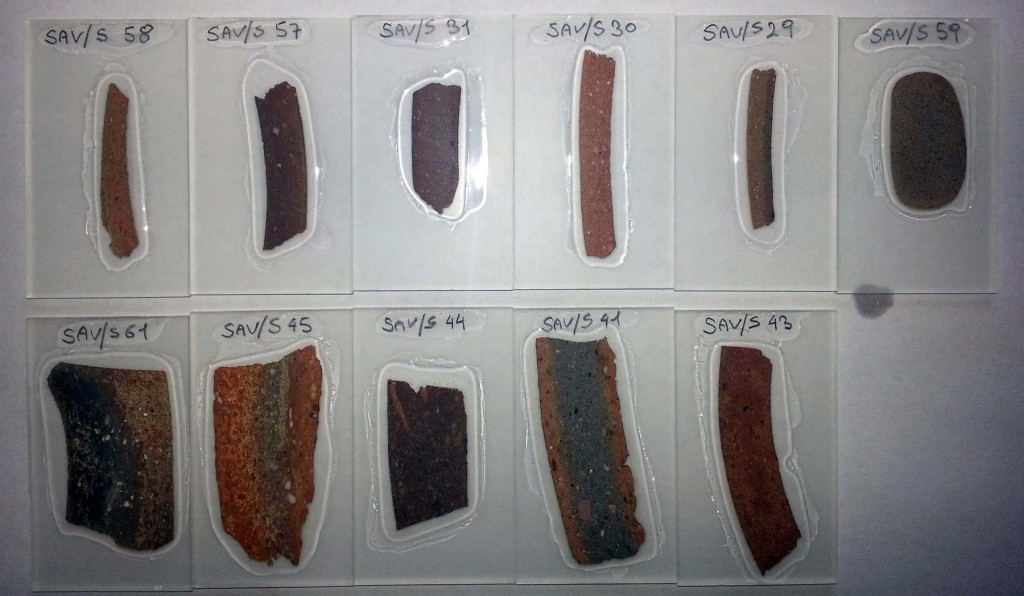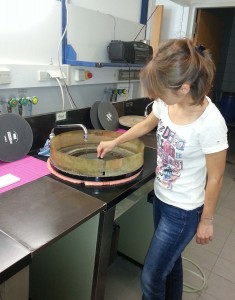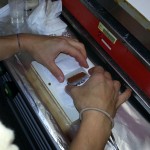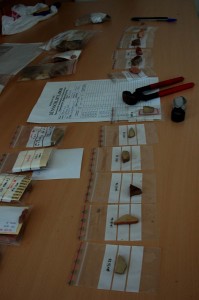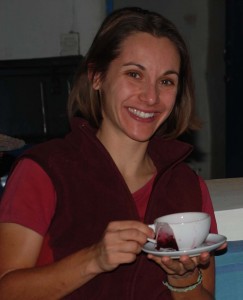Here in Vienna, things are proceeding quickly and very well. Thanks to the efficiency and the professionalism of our colleagues from the Departments of Lithospheric Research and of Geodynamics and Sedimentology and to the excellent scientific facilities available at their ‘Dünnschlifflabor’ (thin section laboratory) in the Centre of Earth Sciences, the first set of samples is already prepared: ready for being looked at under the microscope!
http://www.airmaxfreedom.com nike air max tn
So, last week, coming back from London, we started also with the preparation of the second group of ceramics: 24 samples including different Nubian and Egyptian fabrics as well as imports.
At present, I’m temporary settled in the lab where I’m splitting my day between the observation of the first set of thin sections at the microscope and the preparation of the new samples together with Claudia Beybel who is patiently teaching me how to realize – step by step – a perfect ‘Dünnschliff’!
First of all, before starting with the cutting, the samples need to be consolidated, so they were immerged in a special glue (araldite) and put in vacuum so that the glue can penetrate deeply into the ceramic material. Since several of our samples (for example the Nubian wares) are very porous and brittle, this operation has sometimes to be repeated more than one time.
oakley sunglasses repair
As a next step, the samples remain 24 hours in the oven at 40 degree Celsius to become completely dry.
On the next day, they are finally ready to being cut in order to obtain a straight slice,almost completely plan.
Thanks to the new wonderful machine present in the lab, this procedure took relatively short time and the result was perfect.
Further steps involve the grinding and the polishing of the section; for this operation horizontal rotary plates with diamond discs of various grit sizes that magnetically adhere to the grinding wheel were used.
ray ban 3342
The plates work in water and in transition from a coarse to the next fine grit size, the surface of the sample becomes perfectly flat and smooth! The final polishing is realized by hand with Si abrasive powder.
At this point, the samples can be glued on the glass slides, previously cleaned and matte on one side. After another night in the oven at 40 degree Celsius, the samples are ready to be cut at 30 micron.
And for Claudia and me it is finally the time for a coffee together on the nice terrace of the department!

